Shoulder and neck massage can relieve muscle tension through techniques such as kneading, tapping, massage, pinching, and tapping. Before massage, it is necessary to ensure a warm environment and comfortable position, and to coordinate with breathing for better relaxation effect.
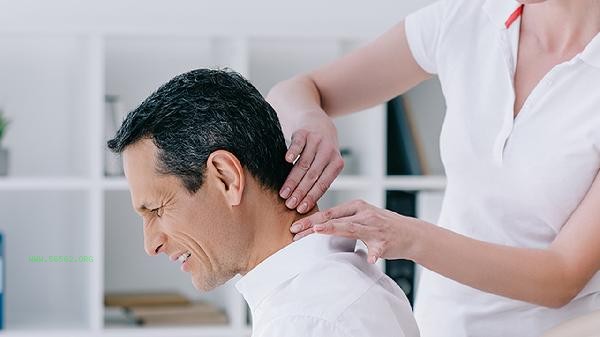
1. Rubbing
The kneading technique is suitable for areas of stiff shoulder and neck muscles. Pinch the muscles with relative force between the thumb and the other four fingers, and slowly move in a circular motion, focusing on the upper bundle of the trapezius muscle and the levator scapula muscle. The appropriate intensity is to produce a feeling of sourness without pain, lasting for 3-5 minutes to promote local blood circulation and alleviate lactate accumulation.
2. Pressing key acupoints such as Fengchi and Jianjing can quickly relieve headaches and shoulder pain. Press the acupoint vertically downwards with the belly of your thumb, hold for 5-8 seconds, then release and repeat 5-10 times. The Fengchi acupoint is located in the concave areas on both sides of the posterior hairline, while the Jianjing acupoint is located at the midpoint of the line connecting the acromion and Dazhui acupoints. When stimulated, there may be a radioactive tingling sensation.
III. Tuina
Palm root massage is suitable for large-scale release. Place the palms of both hands behind the neck and push them unidirectionally along the bladder meridian from the hairline to the shoulders. Combined with essential oil, it can reduce friction. The massage force should be evenly penetrated into the deep layers of the muscles, and repeated 10-15 times can improve abnormal physiological curvature of the cervical spine.
4. Pinching
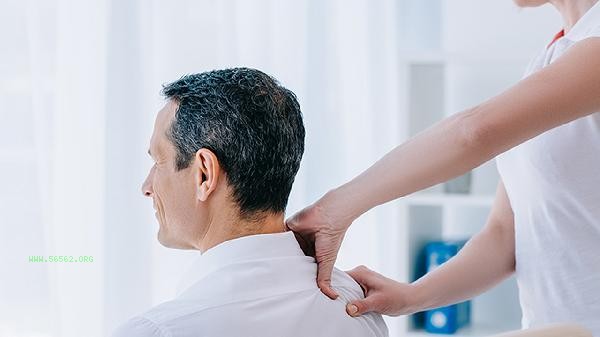
Three finger pinching technique targets the neck muscles. The index finger, middle finger, and thumb clamp the sternocleidomastoid muscle in a pincer shape, and lift it from bottom to top along the direction of the muscle, with gentle and continuous movements. This technique can regulate the blood supply to the carotid artery, but avoid direct compression of the trachea. Patients with cervical spondylosis of vertebral artery type should use it with caution.
Fifth, tapping
Empty palm tapping as an ending technique can invigorate yang energy. Hold your hands in a cupped shape and use your wrist to alternately tap the shoulder and neck area, with a frequency of about 2-3 times per second. Knocking can stimulate the nerve endings of the skin, but it is prohibited during osteoporosis or acute injury, and the total duration should be controlled within 1 minute.
After massage, it is recommended to drink warm water to promote metabolism, and avoid catching a cold or engaging in vigorous exercise for 2 hours. Long term desk patients can do shoulder and neck exercises once a day in the morning and once in the evening, combined with hot compress for better results. If there are persistent symptoms such as dizziness and numbness, organic diseases such as cervical spondylosis and shoulder periarthritis should be promptly diagnosed. Traditional Chinese massage should be performed by professional physicians. Maintain a correct sitting posture in daily life, move your shoulders and neck every hour, and choose a pillow of moderate height during sleep.
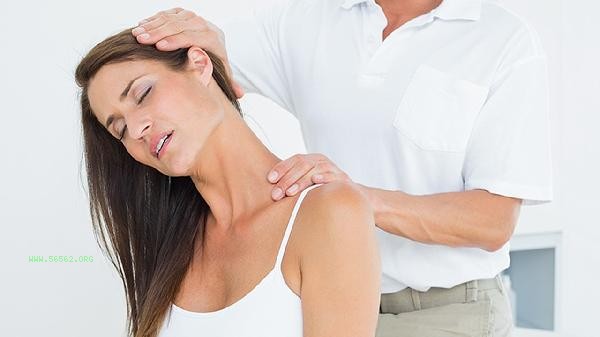

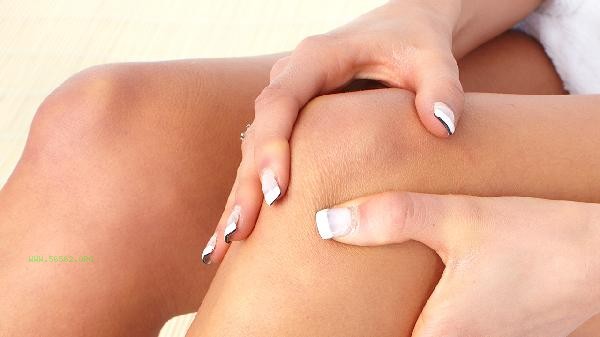
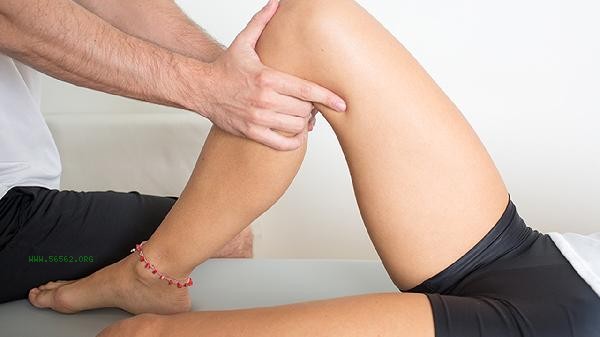
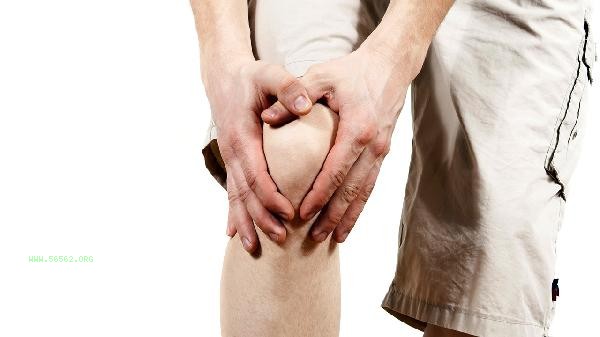
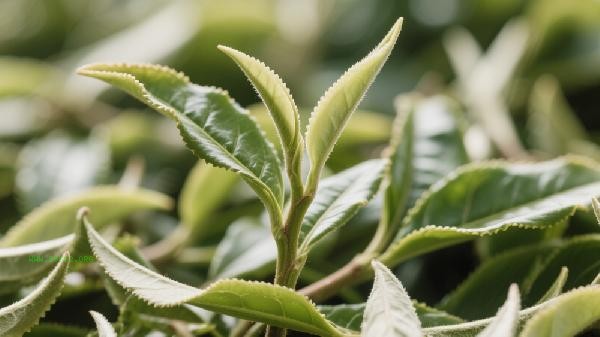
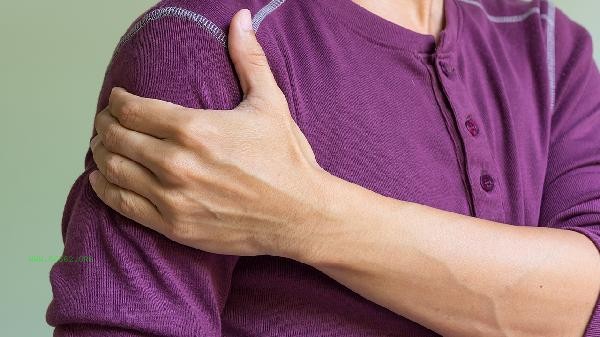


Comments (0)
Leave a Comment
No comments yet
Be the first to share your thoughts!